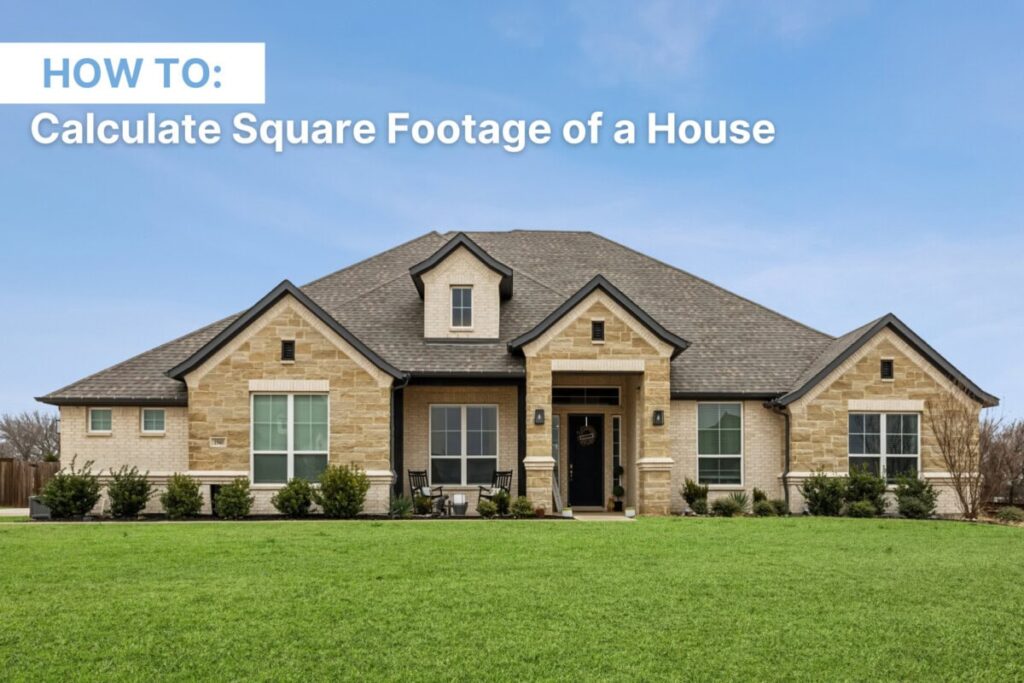Knowing how to calculate the square footage of a house is crucial whether you’re in the market to buy, sell, or renovate a home. Square footage plays a significant role in determining property value, tax assessments, and even the amount of flooring or paint needed. However, measuring a home’s size can be more complex than it appears. Some areas contribute to the total square footage, while others, like garages and unfinished basements, may not. Local building codes, such as those in cities like San Francisco and Chicago, can also impact what is considered livable space.
This guide from Redfin will walk you through the accurate measurement of square footage and address common queries like “Is a garage included in square footage?”
How is the square footage of a house calculated?
Typically, square footage is measured following the ANSI (American National Standards Institute) guidelines, which provide a standardized method for determining home size. The ANSI approach involves measuring the exterior dimensions of the house, including all finished, livable spaces.
Here’s how it’s done:
- Measure the exterior: Professionals measure from the outside walls to calculate total square footage. Wall thickness is included in the total but not subtracted.
- Include finished areas: Livable spaces that are heated and meet height and accessibility requirements are counted. This includes main living areas, bedrooms, bathrooms, and finished attics with at least 7 feet of clearance.
- Exclude non-livable spaces: Spaces like garages, unfinished basements, and areas that require leaving the main house are not included in the home’s square footage. However, finished basements may be listed separately.
- Measure each floor separately: For multi-story homes, the livable space on each level is measured and then added together to determine the total square footage.
While the ANSI guidelines are commonly used, local real estate markets may have variations. It’s advisable to check regional regulations to ensure accurate measurements, especially when listing or appraising a home.
4 simple steps to measure the square footage of your home
Step 1: Gather your tools
To measure a home’s square footage, you’ll need:
- A measuring tape or laser distance measurer
- Pencil and paper (or a digital note-taking app)
- Calculator
A laser measurer is particularly useful for large spaces and provides more precise measurements.
Step 2: Divide your home into measurable sections
Rather than attempting to measure the entire house in one go, break it down into smaller, rectangular sections like individual rooms, hallways, and closets. This approach reduces errors and simplifies calculations. For irregularly shaped rooms, such as L-shaped areas, divide them into smaller rectangles and measure separately.

